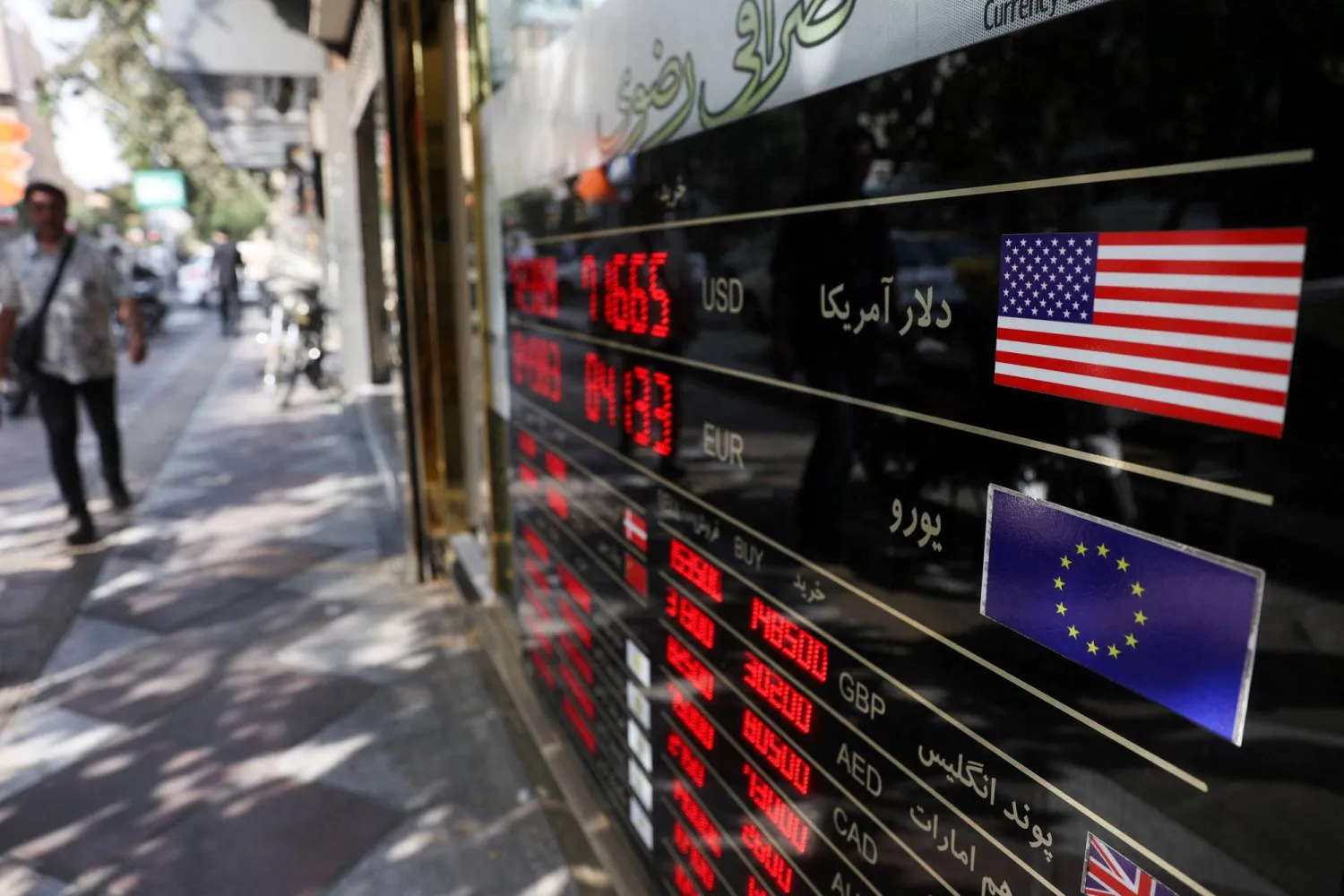Saudi Basic Industries Corporation (SABIC) intends to merge its two wholly-owned subsidiaries as part of a strategic transformation plan to increase efficiency and competiveness of its global operations.
SABIC announced on Wednesday its plan to merge Saudi Petrochemical Company (SADAF) and Arabian Petrochemical Company (PETROKEMYA).
All the assets, rights, liabilities and obligations of SADAF will be transferred to PETROKEMYA and it is expected that the merger will be completed during the second half of 2019.
"SABIC’s aim with this merger is to create a more efficient entity which will increase the optimisation of assets and unlock value from the synergies between the two companies’ product streams,” SABIC said.
SADAF will cease to exist as a legal entity as a result of merger.
SADAF operates a complex in Al Jubail, Saudi Arabia, which includes six petrochemical plants with a total production capacity of more than 4m tonnes/year.
PETROKEMYA's products include ethylene, propylene, butene, benzene, butadiene, polystyrene, polyethylene, polyvinyl chloride and acrylonitrile butadiene styrene.









